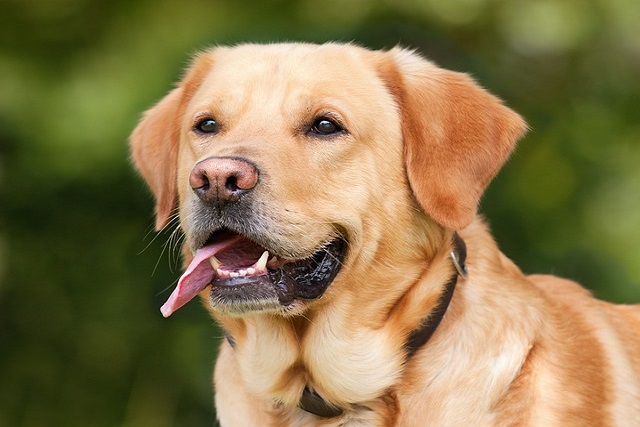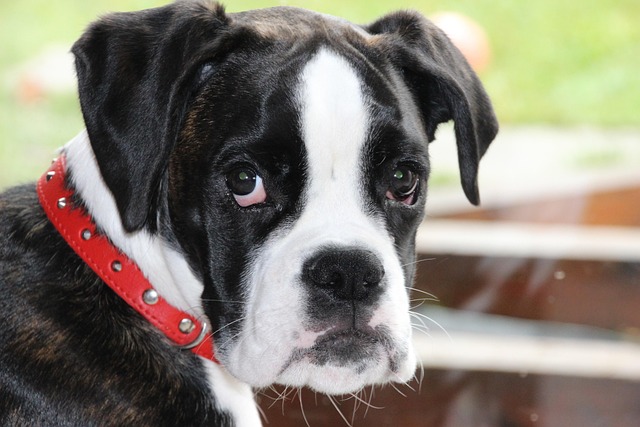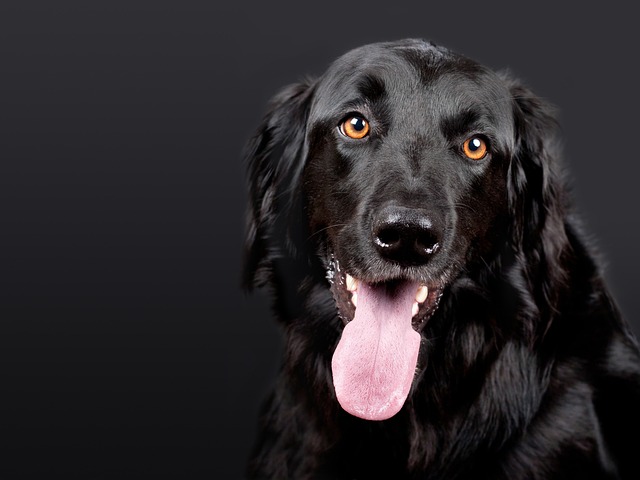
What are the complications of Cushing's disease in dogs?
Cushing's disease in dogs often flies under the radar until subtle symptoms snowball into bigger issues, and many owners don’t realize how it can ripple through their pet’s health.
Cushing's disease in dogs often flies under the radar until subtle symptoms snowball into bigger issues, and many owners don’t realize how it can ripple through their pet’s health. One common complication is urinary tract infections (UTIs)—the disease’s effect on hormone levels weakens the bladder’s defense, making it easier for bacteria to grow. Owners might notice their dog needing to pee more often or having accidents indoors, even if they’re fully house-trained.
Another major concern is weight gain and muscle loss, which can sneak up slowly. Dogs with Cushing’s may eat more but lose muscle mass, leading to a “pot-bellied” look and less energy for walks or play. This isn’t just about appearance—muscle loss weakens their joints and heart, raising the risk of other health problems down the line. It’s important to adjust their diet with vet guidance, not just cut calories, since nutrient balance matters too.
 Skin issues are also widespread, from dry, flaky patches to slow-healing wounds. Some dogs lose fur in spots, especially on their back or belly, and their skin might become thin and easily bruised. These symptoms can be confused with allergies, but a vet check is key to rule out Cushing’s-related complications. In severe cases, skin infections can develop, requiring antibiotics and careful at-home care like gentle baths with vet-recommended shampoos.
Skin issues are also widespread, from dry, flaky patches to slow-healing wounds. Some dogs lose fur in spots, especially on their back or belly, and their skin might become thin and easily bruised. These symptoms can be confused with allergies, but a vet check is key to rule out Cushing’s-related complications. In severe cases, skin infections can develop, requiring antibiotics and careful at-home care like gentle baths with vet-recommended shampoos.
For owners in Europe and the United States regions, staying compliant with local pet health laws is part of managing these complications. Many areas require regular vet check-ups for chronic conditions like Cushing’s, and some mandate proof of treatment if the dog’s symptoms (like frequent urination) could affect public spaces. Keeping detailed records of vet visits, medications, and symptom changes not only helps your vet adjust care but also ensures you’re following local regulations—avoiding fines or other issues.
Coping with Cushing’s complications takes patience, but early intervention makes a big difference. Working closely with your vet to monitor hormone levels, adjust medications, and address symptoms like UTIs or skin infections can help your dog stay comfortable and active. Remember, every dog reacts differently to the disease, so a personalized care plan—tailored to their breed, age, and lifestyle—is the best way to keep them healthy. With the right support, many dogs with Cushing’s live happy, fulfilling lives for years after diagnosis.

Cushing's disease in dogs often flies under the radar until subtle symptoms snowball into bigger issues, and many owners don’t realize how it can ripple through their pet’s health.

I stood with my friend Jake in a Denver pet store last weekend, where he held two bags of dog food—one labeled “grain-free” for $80, the other with whole wheat for half the price

I stood with my friend Carlos in his Phoenix driveway last July, panic rising as his 4-year-old Golden Retriever, Buddy, collapsed on the concrete

Itchy skin in dogs often gets brushed off as a minor annoyance, but it can signal underlying vitamin gaps. One common culprit is vitamin A deficiency—this nutrient keeps skin cells healthy and helps maintain the outer protective layer.

I sat with my friend Sarah on her Portland apartment floor last week, watching her 2-year-old Poodle mix, Milo, scratch his belly until the fur turned patchy

When your dog starts coughing more than usual or seems to struggle with every breath, it’s easy to feel worried—and for good reason.